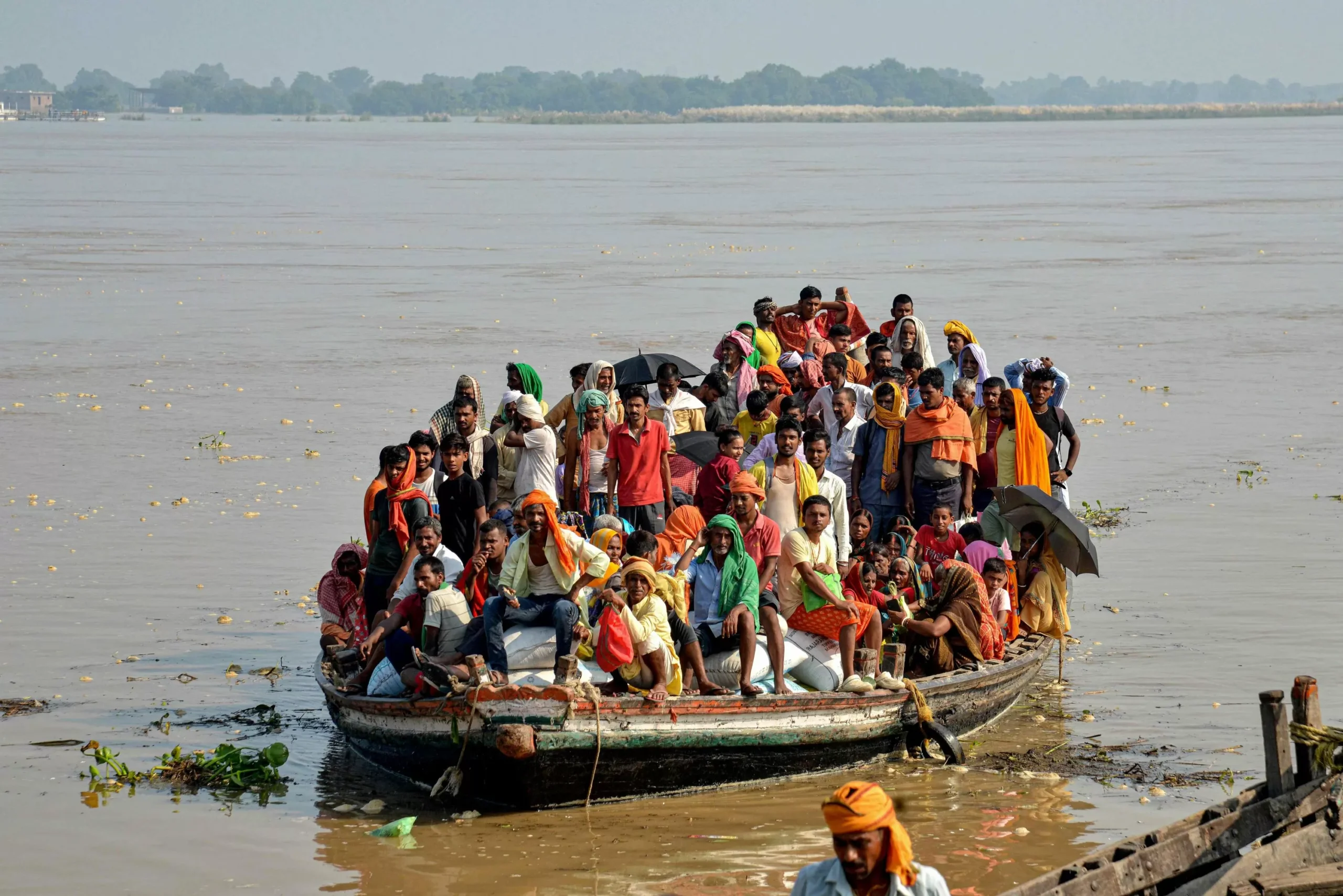At least 20 people have lost their lives in India and Bangladesh due to the devastating effects of floods and landslides triggered by torrents of water from the Himalayas. This natural disaster has caused widespread destruction and displacement, leaving many families and communities in a state of despair. The government disaster officials in both countries are working tirelessly to provide relief and support to those affected by this calamity.
The Himalayas, known for their majestic beauty and serene atmosphere, have become a source of devastation for the people living in the foothills. Heavy rainfall, melting glaciers, and overflowing rivers have led to flash floods and landslides, sweeping away homes and roads in its wake. The sudden and forceful nature of this disaster has caught many off guard, leaving them with little time to escape.
In India, the states of Uttarakhand and Himachal Pradesh have been the hardest hit. The incessant rains have caused the Ganges and its tributaries to overflow, submerging low-lying areas and washing away bridges and roads. The hilly terrain of these regions has also made rescue operations challenging, with many areas inaccessible by road. The Indian government has deployed the National Disaster Response Force (NDRF) and the Indian Air Force to assist in the rescue and relief efforts. They have also set up relief camps and are providing essential supplies to those affected.
In Bangladesh, the situation is equally dire. The country, already prone to flooding, has experienced a surge in water levels due to the torrents from the Himalayas. The capital city of Dhaka and the surrounding areas have been severely affected, with thousands of people being displaced from their homes. The government has opened shelters and is providing food and medical aid to those in need. The army has also been deployed to assist in rescue operations and to help rebuild damaged infrastructure.
The loss of lives and destruction caused by this natural disaster is a tragic reminder of the vulnerable state of our planet. Climate change, deforestation, and unsustainable development have all played a role in exacerbating the effects of this disaster. It is a wake-up call for all of us to take action and protect our environment before it’s too late.
In the midst of this tragedy, there have been many heartwarming stories of bravery and resilience. People from all walks of life have come together to help those in need, showing the true spirit of humanity. From fishermen using their boats to rescue people to volunteers providing food and shelter, the outpouring of support and kindness has been overwhelming.
The governments of India and Bangladesh are also working towards long-term solutions to mitigate the effects of such disasters in the future. They are investing in early warning systems, building stronger infrastructure, and implementing measures to protect the environment. It is a collaborative effort between the government, citizens, and organizations to create a more sustainable and resilient future.
As the affected communities pick up the pieces and rebuild their lives, it is important to remember that this disaster could have been much worse if not for the prompt action and support from the government and citizens. Let us continue to stand in solidarity with those affected and do our part in protecting our planet for future generations.
In conclusion, the recent floods and landslides caused by torrents of water from the Himalayas have left a trail of destruction and loss of life in India and Bangladesh. However, amidst the tragedy, there have been shining examples of humanity and resilience. Let us come together to support those in need and work towards a sustainable future for all.





![Complete BritRail Pass Guide [Types, How to Use It, Pros + Cons]](https://inside-news.uk/wp-content/uploads/2025/06/00221EB4-BCA2-4DBB-6CD4-83DBC37D71FA-120x86.webp)
















